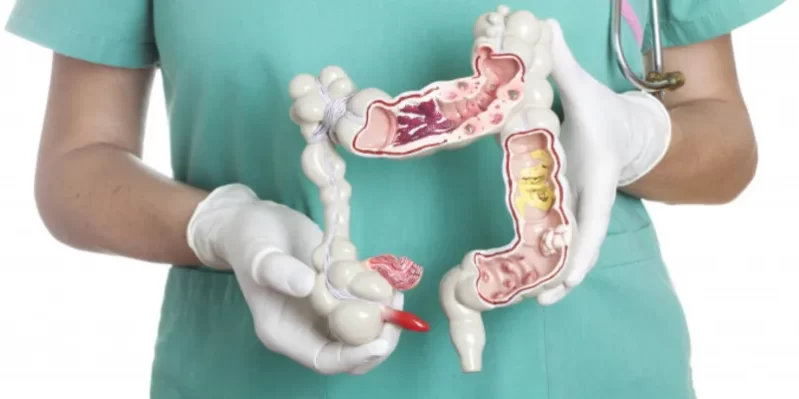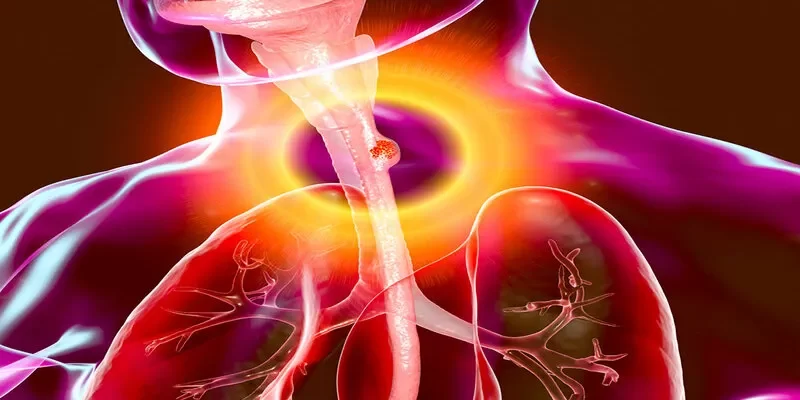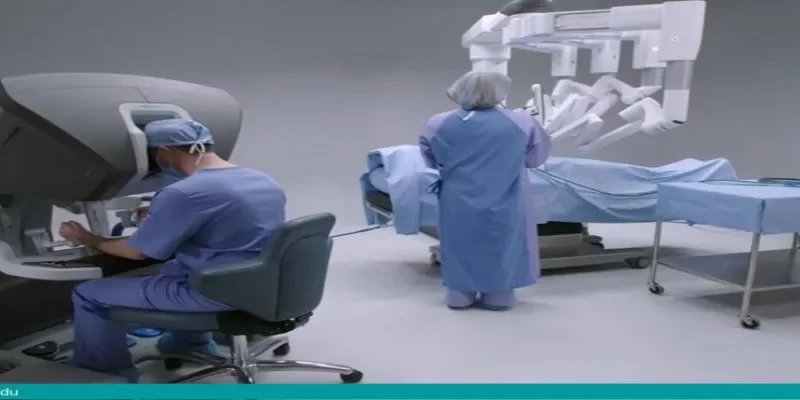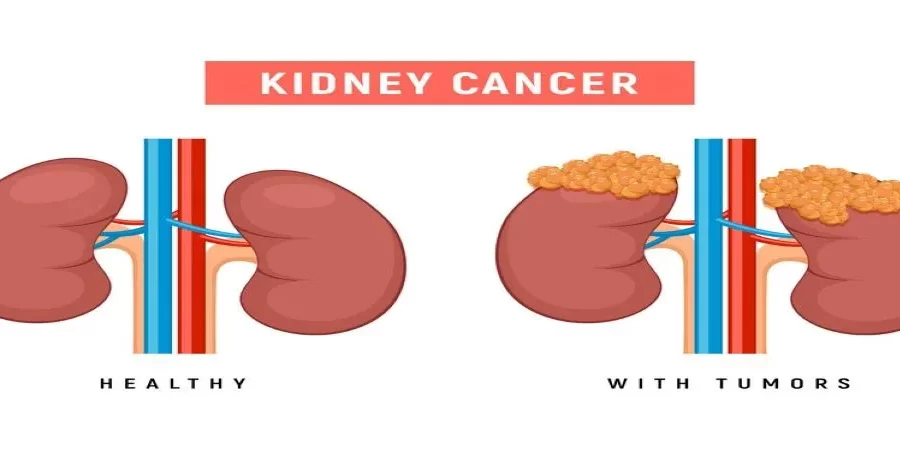
Fighting Colon Cancer With The Latest Advanced Treatments
Colon cancer is the third most common cancer in India. It occurs in the large intestine or rectum, the lower part of your digestive system.
Until some years ago, colon cancer was considered the second most fatal cancer. Fortunately, in the last few years, medical science has made many new advancements in the detection and treatment of colon cancer that have greatly improved the prognosis for colon cancer patients.

Dr. Sandeep Nayak, one of the best oncologist in India, explains that newer techniques like less invasive procedures help manage colon cancer better, providing more effective results.
He is the Director of Surgical Oncology and HOD of Minimal Access Surgical Oncology at Fortis Cancer Institute, Bangalore. He specializes in treating head and neck cancer, colorectal cancer, breast cancer, urinary tract cancer, digestive tract cancer, abdominal cancer, and gynecologic cancer.
This article will discuss surgical advancements that have revolutionized colon and rectal cancer treatment in Bangalore.
Symptoms
You may not experience any symptoms in the early stage. Further, they may vary according to the size and location of the tumor in your intestine. The symptoms include:
- Blood in the stool
- Rectal bleeding
- The constant change in your bowel movement and consistency of your stool
- Continuous discomfort in the abdomen, like pain, cramps, or gas
- Unexplained weight loss
- Fatigue and weakness
- Unable to empty your bowels completely
Dr. Sandeep Nayak, an experienced cancer specialist in Bangalore, recommends contacting a doctor as soon as possible if you notice any persistent symptoms.It will help in early diagnosis and timely treatment.
Advancements in colon & rectal cancer treatment in Bangalore
1. Early detection
One of the main reasons for the decrease in the death rate of colorectal cancer is early detection, apart from new and advanced colon cancer treatments. Diagnosing cancer in stage 1 has a survival rate of about 90% after five years compared to diagnosing it at stage 4 where the survival rate is around 14%.
There are several tests that help detect colon cancer at an early stage or can tell if you are susceptible to developing it.
Tests include:
- Fecal occult blood test
- Virtual colonoscopy
- Colonoscopy
- Flexible sigmoidoscopy
- Fecal immunochemical test
- DNA testing
While performing colonoscopy, if abnormal growths or polyps are seen inside your colon, the doctor will remove them to check whether they are cancerous or not.
You should start screening for colon cancer at 50 years of age or earlier if you are at risk of it. Early detection offers a higher chance of stopping cancer from becoming metastatic.
2. Minimally invasive surgery
Over the years, surgical techniques for colon cancer treatments have continued to evolve, and newer methods are being developed.
Advanced procedures for early-stage colon cancer are:

Your content goes here. Edit or remove this text inline or in the module Content settings. You can also style every aspect of this content in the module Design settings and even apply custom CSS to this text in the module Advanced settings.
A. Endoscopic surgery
In an early stage, colon cancer is in the form of a polyp or a small tumor. Your doctor can easily treat it with an endoscopic procedure. They will use a probe to examine inside your colon and remove the entire tumor with special instruments.
B. TAMIS

Transanal minimally invasive surgery (TAMIS) is one of the latest laparoscopic procedures that helps remove small rectal tumors.
Latest surgeries for advanced colon cancer
To treat large tumors that have exceeded the bowel wall, the doctor will choose a procedure that is best suited to treat your cancer. Newer surgical techniques are better equipped to allow the surgeon to remove the tumor entirely, thereby minimizing the risk of recurrence.
Dr. Sandeep Nayak is a prominent surgical oncologist in India specializing in advanced surgical techniques, including laparoscopic, endoscopic, and robotic cancer surgeries.
 i. Laparoscopic colon resection surgery
i. Laparoscopic colon resection surgery
The surgeon makes small incisions to remove the tumor and the affected lymph nodes.
ii. Intersphincteric resection (ISR)
It is a highly advanced procedure for low rectal cancers found in the last 14 centimeters. ISR, which can be done either laparoscopically or robotically, eliminates the need for permanent stoma in about 90% of the patients. It helps preserve the sphincter and bowel continuity.
Dr. Sandeep Nayak is one of the best oncologist in Bangalore, having years of expertise in minimally invasive procedures.
iii. Rectal cancer surgery
Another advanced approach for rectal cancer is where the surgeon removes more fatty tissues surrounding the tumor. This helps to reach all the affected lymph nodes, thereby reducing the chances of recurrence.
iv. Advanced robotic surgery
Robotic surgery allows the surgeon to operate on areas that are hard to reach. Further, the robotic system provides unparallel precision and accuracy, which help in better outcomes.
Outlook
Minimally invasive treatments have many advantages, such as shorter hospital stays, less severe side effects, and quicker recovery. However, only an expert surgeon who is well-trained in these advanced procedures can perform minimally invasive surgery. So be sure to consult an experienced surgical oncologist in India to find the most appropriate treatment option for you.

 i. Laparoscopic colon resection surgery
i. Laparoscopic colon resection surgery




 The liver is a significant organ found solely in vertebrates that conducts a variety of vital biological tasks, including detoxification and the production of biochemicals and proteins required for growth and digestion. It is situated in the right upper quadrant of your abdomen, below the diaphragm.
The liver is a significant organ found solely in vertebrates that conducts a variety of vital biological tasks, including detoxification and the production of biochemicals and proteins required for growth and digestion. It is situated in the right upper quadrant of your abdomen, below the diaphragm.



 We need to take good care of our
We need to take good care of our 





